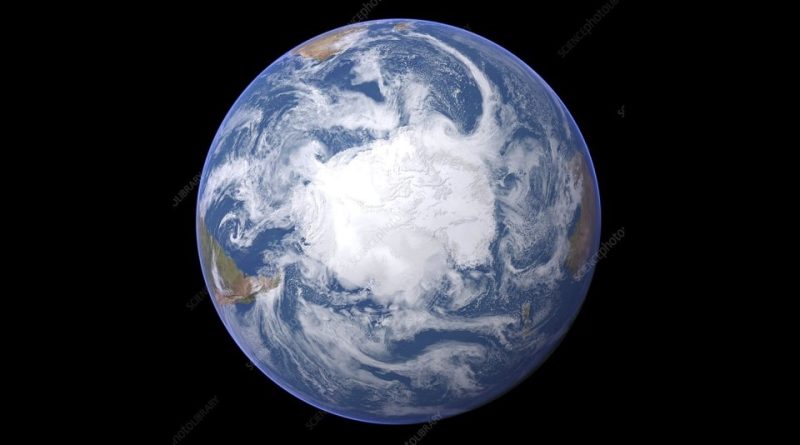Southern Hemisphere
Southern Hemisphere
The southern hemisphere or anti-boreal hemisphere, is the hemispherical cap of the globe located south of the Earth’s equator, therefore with southern latitude.
The Southern Hemisphere is characterized by several distinctive geographical, climatic and cultural characteristics compared to the Northern Hemisphere.
– Major Continents: The Southern Hemisphere is home to some of the largest continents in the world, including Antarctica, Australia, and South America. These continents are known for their vastness and geographic diversity.
– Antarctica: Antarctica is the best-known continent in the Southern Hemisphere and is located around the south pole. It is completely covered in ice and is the coldest and most inhospitable terrestrial environment on the planet. It is mainly inhabited by scientific researchers and has no permanent population.
– Australia: Australia is an island continent located north-west of Antarctica. It is known for its extraordinary biodiversity, with many unique species of flora and fauna. Australia is also known for its varied landscapes, which include beaches, deserts, rainforests and mountains.
– South America: Although most of South America is located in the Southern Hemisphere, a significant part of this continent extends into the Northern Hemisphere. South America is famous for its vast Amazon rainforests, the Andes, its indigenous cultures and diverse spoken languages.
– Climate: The Southern Hemisphere has a wide range of climates due to the different latitudes and geographical features present on its continents. Antarctica is extremely cold and dry, while Australia has climates ranging from hot deserts to temperate and subtropical regions.
– Indigenous cultures: Many regions of the Southern Hemisphere have a rich history of indigenous cultures. These cultures have deep roots in the land and are often linked to nature conservation and the sustainable use of natural resources. Portuguese is the most spoken language in the southern hemisphere, with Angola, Mozambique, East Timor and finally with the largest population: Brazil. Next is Spanish spoken in: Argentina, Chile, Paraguay, Uruguay, Bolivia and Peru.
– Unique flora and fauna: The Southern Hemisphere is home to a vast array of unique plant and animal species, many of which are found nowhere else in the world. For example, Australia is famous for its marsupials, such as the kangaroo and koala, while Antarctica is a unique habitat for many marine species.
– Scientific exploration: Antarctica is a major center of scientific research, with numerous teams of scientists studying climate change, geology, marine biology and other disciplines. This remote region plays a crucial role in understanding global changes.
In the southern hemisphere there are the following oceans: Southern Pacific Ocean, Southern Atlantic Ocean, Central-Southern Indian Ocean, beyond the Antarctic Sea.
In the southern hemisphere, summer goes from December 21st to March 20th or 21st, winter from June 21st to September 21st or 23rd.

